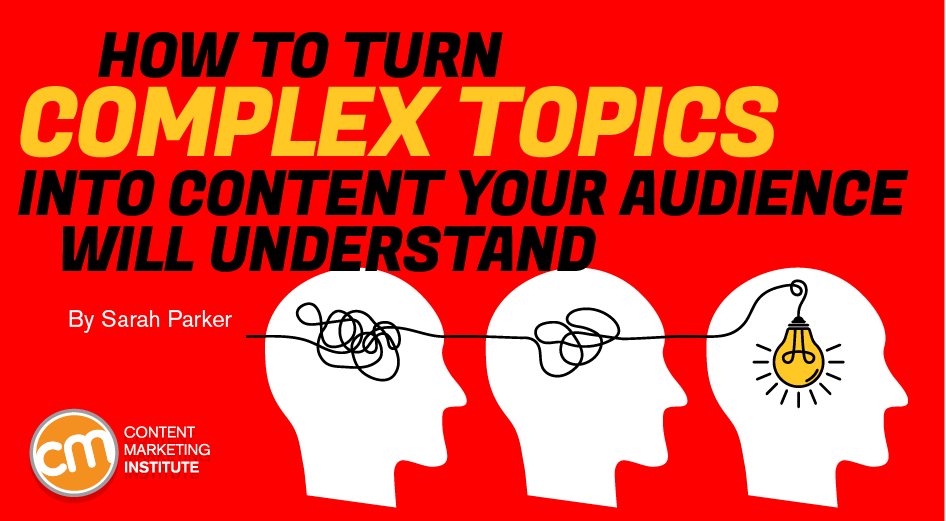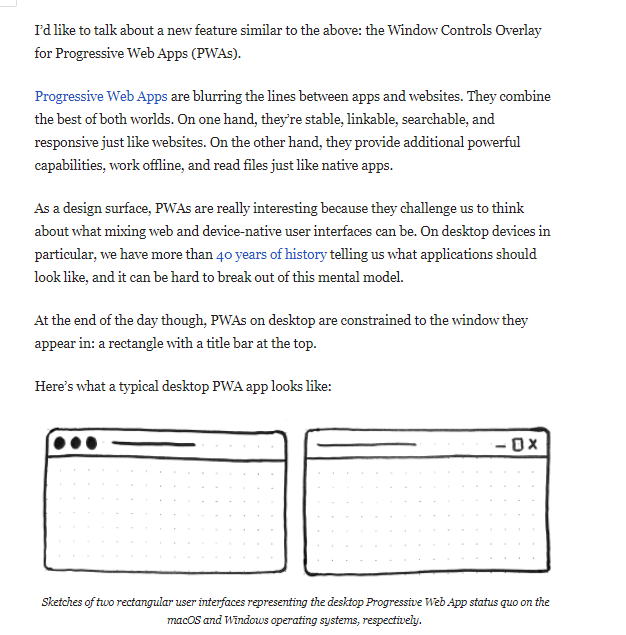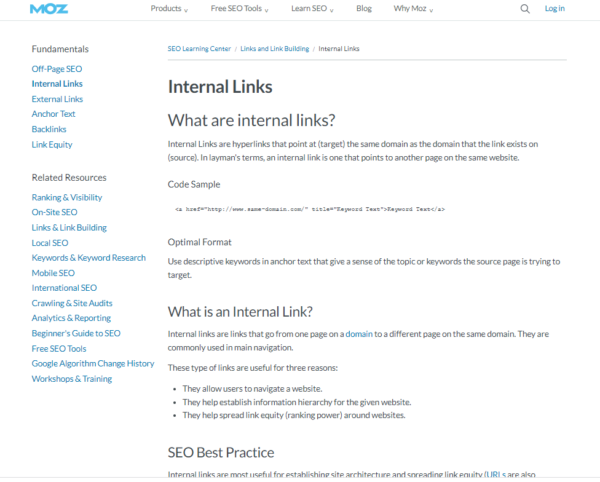
Recently, a client in the technology industry wanted to develop clear, easy-to-understand content that their audience could relate to. But it didn’t seem possible.
Without skilled writers to translate technical concepts into business outcomes, this company could not build its content program, which affected its ability to differentiate in a crowded market. The constraints of a difficult reality seemed impossible to overcome.
Yet, their goal really was possible. Let’s explore five ways that you can turn complex ideas into interesting, engaging, and original content.
Define your audience’s technical knowledge
Successfully writing about complex topics depends on the audience’s knowledge level.
Matthew Rayback, senior manager of UX content strategy at Adobe, has spent the last decade building content programs for technology companies. “Do the work of understanding who your audience is and what their tolerance – or even expectation – of complexity is,” he says.
Do the work of understanding who your audience is and what their expectation of complexity is, says @matthewrayback via @SarahLParkerUK @CMIContent. Click To Tweet
The challenge is to avoid being too technical or too simplistic, both of which can prevent readers from connecting with your message. “If you’re writing about a highly technical subject to a lay audience, you likely need to find ways to simplify (think metaphors or examples, etc.),” Matthew says. “But if you’re writing about the same topic to a specialist audience, they will likely be insulted by a simplistic approach and will be evaluating you on your ability to reflect the complexity they’re looking for.”
To match your language with the terms, concepts, and examples with which your audience is familiar, map their technical knowledge before you write.
Example: A List Apart, a site for people interested in web standards and best practices, published an article – Breaking Out of the Box – for a developer audience. The piece uses technical language, such as “device postures” and “Window Controls Overlay for Progressive Web Apps,” shown in the text below, that this audience would understand. However, a layperson likely would find those terms disruptive to their reading experience.

Understand the topic
Masooma Memom, a writer for SaaS brands, is experienced at mastering complex information to help educate audiences. She says the best way to write about complex topics is to learn about them first.
“After all, if you aren’t clear about the topic, you won’t be able to explain it to your readers,” she says.
The way to write about complex topics is to learn about them first, says @inkandcopy via @SarahLParkerUK @CMIContent. Click To Tweet
Build your understanding using one of these two approaches:
- Explain your topic to a rubber duck. This is an old programming trick. Because the duck knows nothing about coding, the expert breaks down the problem by talking aloud to it. “This helps you identify flaws in your understanding of the topic and also gives you ideas for how to explain it simply and clearly to your readers,” Masooma says.
- Visualize your topic with a concept map. If you don’t like talking to yourself, use a concept map to define the most important ideas. “Create one using arrows to explain how steps or concepts are linked. It’ll give you lots of clarity on the topic, prepping you well for writing about it in a clear manner,” Masooma explains.
These methods also help you frame your language to support your audience’s understanding.
Example: Moz’s internal links pillar page explains the topic in a way that demonstrates deep understanding of the topic. The image below shows how headings and subheadings – what are internal links, code sample, optimal format, SEO best practice – guide readers to the answers they need.

HANDPICKED RELATED CONTENT:
Learn the lingo, then unlearn it
Knowing the topic is an important step. Yet, questioning how the word choices relate to the audience is what underpins success. Kim Grob, co-founder at Write On, leads a team of creative directors, content strategists, and writers who specialize in transforming complex information into compelling human stories.
“The really tricky part comes after you’ve got a good working knowledge of the subject. That’s when you’ve got to become something of a translator. You’ve got to take all that complex information and turn it into a story that people actually want to read,” Kim explains.
She says while understanding technical terminology and industry jargon helps create precise and clear writing, high-quality content comes from finding simple word choices to replace those complex terms.
“While some technical terminology will likely be needed to make your story precise and resonant for your readers, use it sparingly,” Kim says. “Focus instead on language that reflects the way people actually speak. This will help you find the human pulse in even the most technical content.”
Use technical terminology sparingly. Focus on language that reflects the way people actually speak, says Kim Grob of @WriteOnNetwork via @SarahLParkerUK @CMIContent. Click To Tweet
Amy Higgins, senior director, content strategy, at Twilio, has spent her career targeting content for specific audiences. Both Amy and Kim say simple word choices are crucial, but Amy suggests a novel approach to driving empathy.
“Use the ‘Will my mom understand this?’ testing method before you publish it,” she says. “Every mom is different, but let’s just say my mom is not the most technologically advanced. She once asked me, ‘How do I get on the Google? I can get on the Facebook, but not the Google’. If you simplified the topic and told a great, informative story, anyone should be able to understand the topic, no matter how complex.”
Use the ‘will my mom understand this?’ test before you publish content on complex topics, says @amywhiggins via @SarahLParkerUK @CMIContent. Click To Tweet
Example: This University of Utah article, What Causes Miscarriage, covers medical terminology – “congenital anomalies” – pairs it with clear and simple explanatory language – “anomalies you’re born with.”

Go straight to the source
Your specialists – internal subject matter experts and external influencers – are the best way to access deep industry knowledge.
Ashley Zeckman, vice president of strategy and customer success at Onalytica, has spent the last seven years leading B2B influencer marketing strategy for enterprise brands. She recommends going straight to the experts to turn complex information into interesting content.
Go straight to the experts to turn complex information into interesting #content, says @zeckman via @SarahLParkerUK @CMIContent. Click To Tweet
“Often, we find that the more complex topics are, the less interesting the final product tends to be. My best advice for writing about complex topics is to go straight to the source,” Ashley says.
Develop both internal and external expert outreach:
- Leverage your internal experts for specialist knowledge. “SMEs give you the opportunity to access a wealth of knowledge, but they aren’t trained in content creation,” says Ashley. “Create a brief that includes questions you’d like their insights on at least five business days ahead of the interview. Then bundle together questions that will help you create multiple content assets.”
- Scale your content creation with external experts and influencers. By boosting the depth of your expertise working with outside experts, you build credibility with your audience. Ashley suggests these ideas for external outreach:
- Highlight the benefit to the influencer (monetary or otherwise).
- Make participation easy in a medium that works best for them.
- Engage them to promote the content they created by providing social images and suggested social messages.
- Provide an individual tracking link to each expert so you can determine who resonates the most with your target audience.
“Then it’s your job to bring all these pieces together – by enlisting the help of others to provide deep expertise, you can focus your efforts on developing the red thread that ties the stories together and creates a memorable experience for your target audience,” Ashley says.
Example: The 2021 B2B Influencer Compensation Report from Onalytica and Convince & Convert combines influencer quotes, data, and customer challenges to create a single thread. This image reflects that package for the topic of authoring e-books and white papers.

HANDPICKED RELATED CONTENT:
Be a storyteller
Speaking to subject matter experts is one piece of the puzzle. Translating their knowledge into a compelling story that closes the gap between your business and audience is another. Becky Lawlor, founder of Sparkifico, has developed content for leading technology companies.
“Get rid of the jargon and use stories,” she explains. “Whether that’s customer stories you already have that you can pull from or hypothetical ones you create. Stories will help your audience better visualize and understand how the concepts you’re talking about can be put to action in the real world.”
To simplify complex topics, get rid of the #jargon and use #storytelling, says @lawlor_becky via @SarahLParkerUK @CMIContent. Click To Tweet
Develop your story around your customer, i.e., the reader:
- Wrap solutions in customer stories. Use testimonials and case studies to make your customer the hero, navigating a series of conflicts to a successful outcome. “Don’t turn your case studies into long paragraphs or lists of information. Instead, build your customer’s context to make your content engaging and relatable,” Becky says.
- Hook your customers with original stories. The best narratives come from people who have the same problems as your customers. “Use surveys and interviews to find out what is and isn’t working for your audience. Your stories need to come directly from your customers – whether that’s through case studies and testimonials or original research,” Becky says.
“Content created or co-created by customers gives businesses a direct line into the problems their audience are trying to solve and adds an air of credibility that can’t be achieved in other ways,” she explains.
Example: Salesforce’s case study on Cytiva, a biopharmaceutical company, uses first-hand narratives to connect with the readers and build a shared experience, including this quote about advancing human health: “Our sense of purpose has never been greater. It normally takes around 10 years to bring a new pharmaceutical product to market; the industry had to pivot to deliver in a matter of months.”
This type of frontline story can then inspire readers to solve their own challenges.

HANDPICKED RELATED CONTENT:
Turn technical jargon into powerful stories
I have learned the best way to write about complex topics is to tell stories developed from connections with audiences, experts, and industry knowledge. To get better at this, you need to identify your readers’ knowledge level, gain a basic understanding of the topic, write using the same language as the audience, and work with experts.
Only then can you connect these elements with powerful storytelling.
Translating technical jargon into stories is about following a process that enables the right balance for your readers. Marketers with this thinking can systematize high-quality content that delivers a clear message.
Cover image by Joseph Kalinowski/Content Marketing Institute




